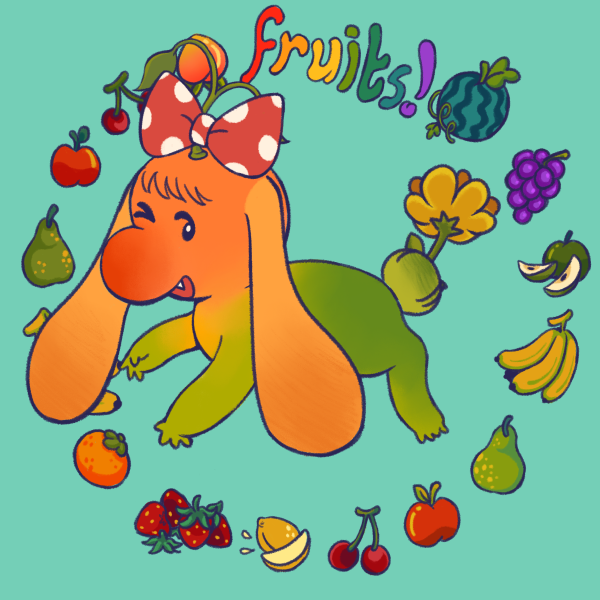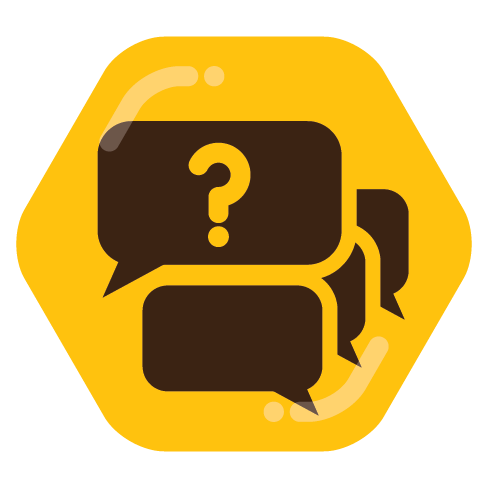Hi I was wondering what folk’s here liked most in terms of neopronouns for first, second and third person.
If you don’t know what that means:
-
First are things like I/me
-
Second are things like you and y’all
-
Third are things like they, she and he


While it/its is newer than he, she and they, I wouldn’t consider a pronoun created in the 16th century ‘new’.
Sure, however its positive or neutral usage for people is relatively new.
Lois McMaster Bujold, writing science fiction in 1986 about a genetically engineered hermaphrodite used it/its for pronouns (when not using she or he)
I remember reading a goodreads answer later that she would have used they/them if it had been in common enough usage that she had encountered it.
(though in my mind '86 is relatively recent, but maybe I’m just old)
Both it and they essentially come from gender neutral pre-english roots (proto-germanic and norse, respectively) and were used in these ways since their inception. Examples date back to Old English and you can find people using both to describe people (not always groups, but sometimes singular and unspecified). Adoption of the use of these pronouns in the personal sense, however, is a bit more difficult to find and likely something mostly lost to literature. Outside of a few notable figures and what pronouns they happened to use (such as the public universal friend), people were simply not important enough and having a personal journal was reserved for those in power and those who had wealth, so recorded history on a more personal level is much more difficult to track down. The idea that queer people didn’t experiment with things like this hundreds of years ago seems far fetched to me - the few existing historical records we have of high profile queer folk seem to suggest that they did indeed experiment with language as a means to express identity.
Oh, that’s a fair point. thanks for pointing that out 🙂.
I really appreciate the level of detail that went into your reply. However, I have nothing much else of use to say.